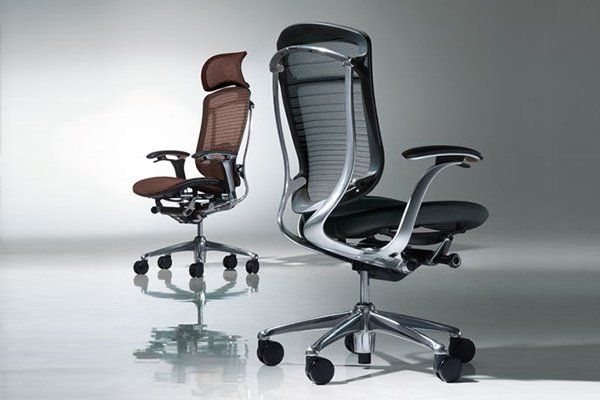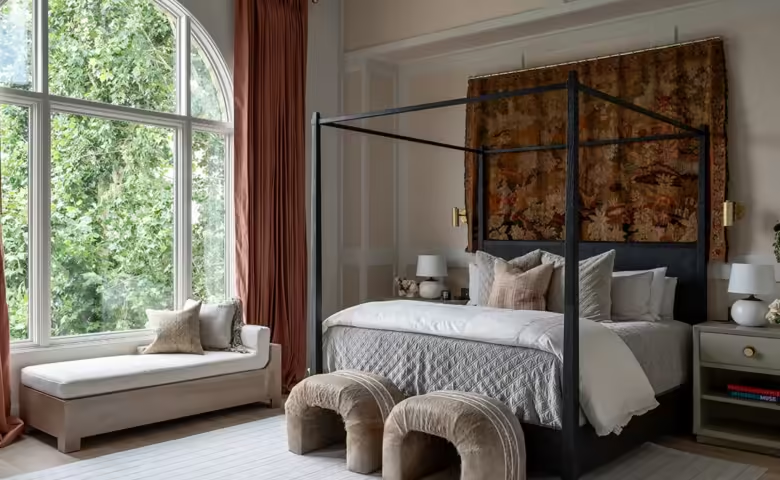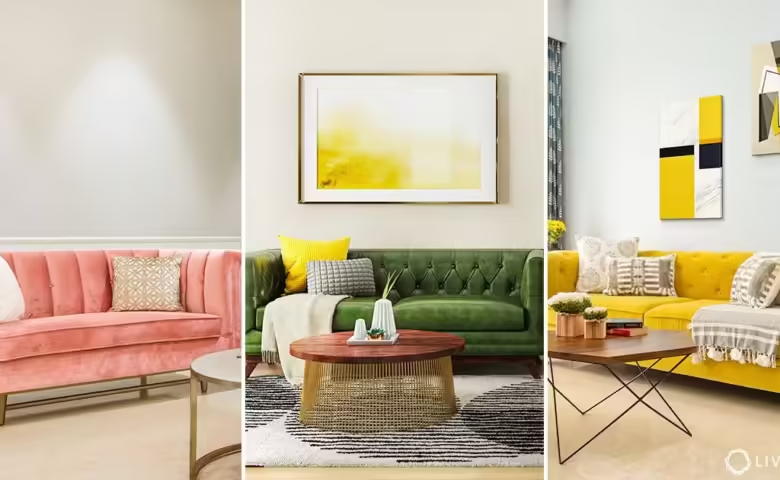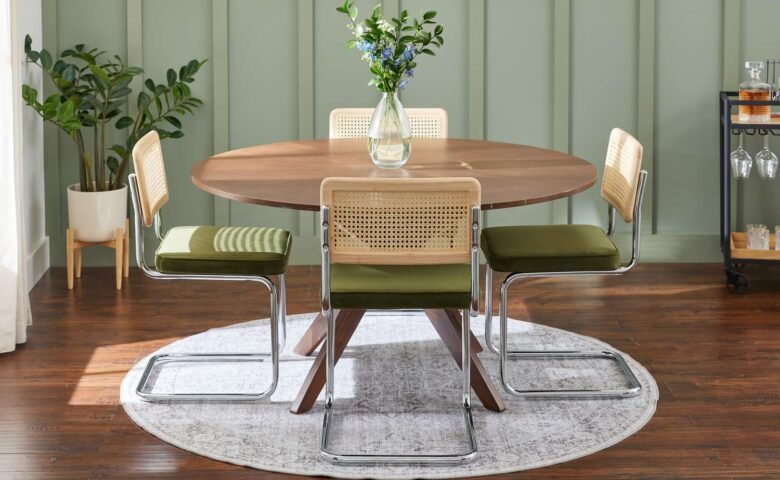How to Select the Right Chair for Long Hours of Sitting
Spending long hours sitting can be hard on your body, especially if you're using the wrong chair. Whether you’re working from home, gaming, or studying, choosing the right chair is essential for your comfort and health. Here's how to select the perfect chair for extended sitting, ensuring both support and style.
1. Prioritize Ergonomics
The most important factor when choosing a chair for long hours of sitting is ergonomic design. An ergonomic chair supports your posture, reduces strain, and promotes comfort. Look for features like an adjustable seat height, lumbar support, and a reclining backrest. Proper lumbar support is crucial to maintaining the natural curve of your spine, preventing back pain during extended periods of sitting.
2. Adjustability is Key
A one-size-fits-all chair doesn’t exist, which is why adjustability is essential. You should be able to adjust the seat height, armrests, and backrest to fit your body perfectly. Ideally, your feet should rest flat on the floor with your knees at a 90-degree angle. Armrests should support your elbows while keeping your shoulders relaxed.
3. Choose the Right Material
The material of the chair affects both comfort and durability. Mesh chairs are breathable and ideal for warmer climates, while leather or faux leather chairs offer a sleek look and durability. For a softer, more comfortable feel, consider fabric chairs with cushioned padding. The key is to pick a material that balances comfort and longevity for your specific needs.
4. Opt for Adequate Padding
Comfort is crucial when you’re sitting for long hours, so make sure the chair has adequate padding. The seat should be soft enough to sit on for extended periods without flattening over time. Look for high-density foam padding, which offers better support and durability than lower-quality cushions.
5. Ensure Proper Backrest and Seat Depth
A good chair will have a high backrest that supports your entire spine, from the lower back to your neck. The seat depth should also allow you to sit comfortably with your back against the backrest and leave a few inches between the edge of the seat and the back of your knees. This prevents pressure on your legs and promotes healthy circulation.
6. Consider Your Activity Level
If you’re sitting for work, a task chair with a swivel feature and wheels might be ideal for mobility and multitasking. For gaming or long study sessions, a gaming chair or an ergonomic office chair with extra support might be a better fit. Make sure the chair is suitable for your specific activities and daily needs.
Conclusion
Choosing the right chair for long hours of sitting is all about finding a balance between ergonomic support, comfort, and durability. By prioritizing features like adjustability, proper padding, and lumbar support, you can find a chair that keeps you comfortable and supported during those long days at your desk.




